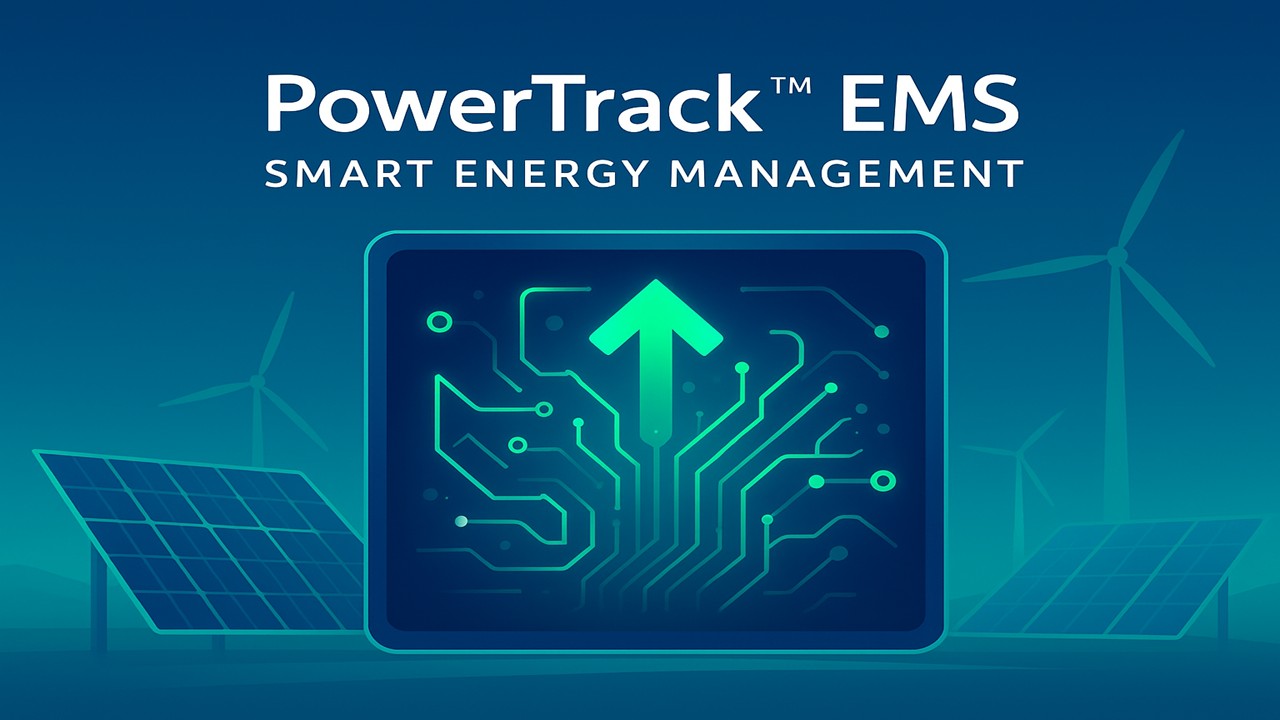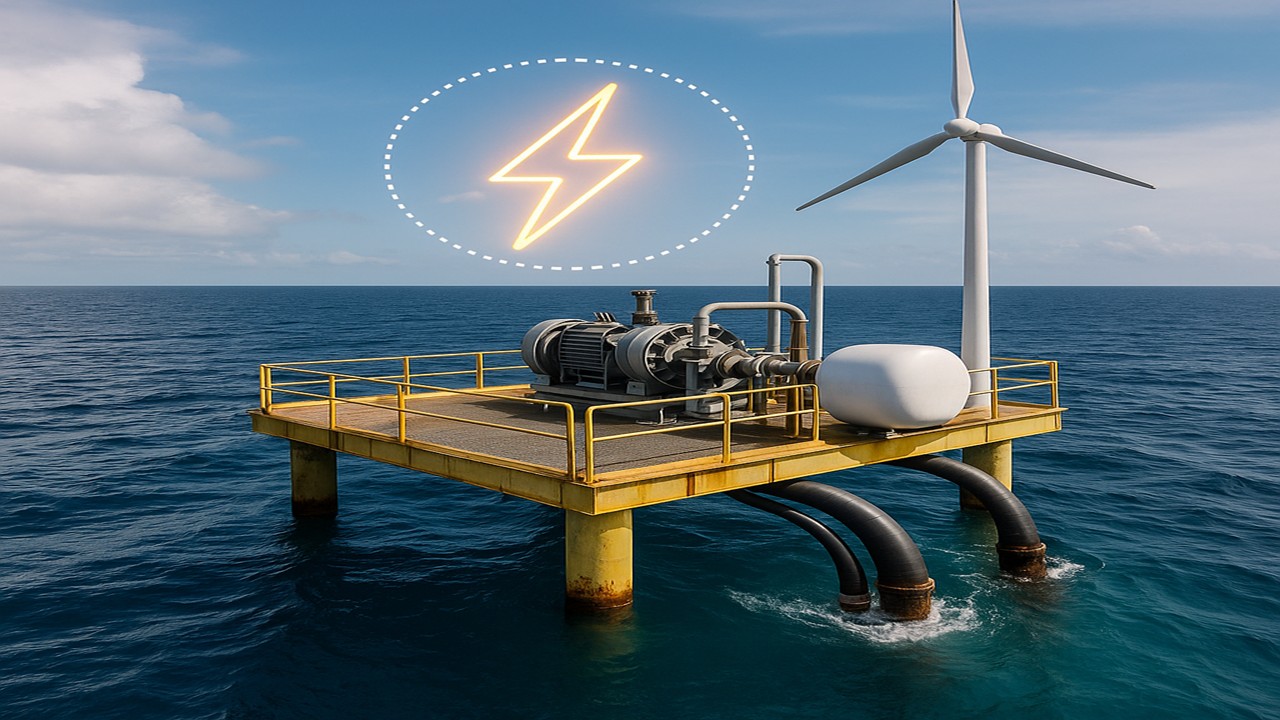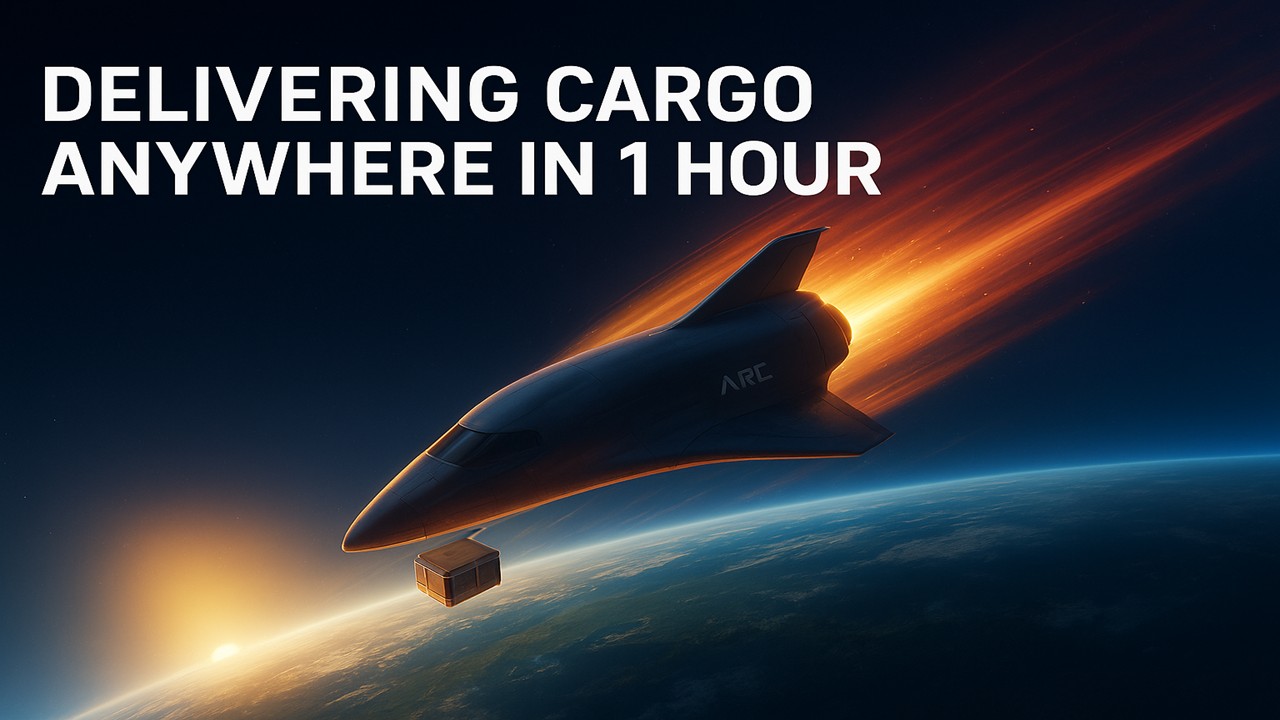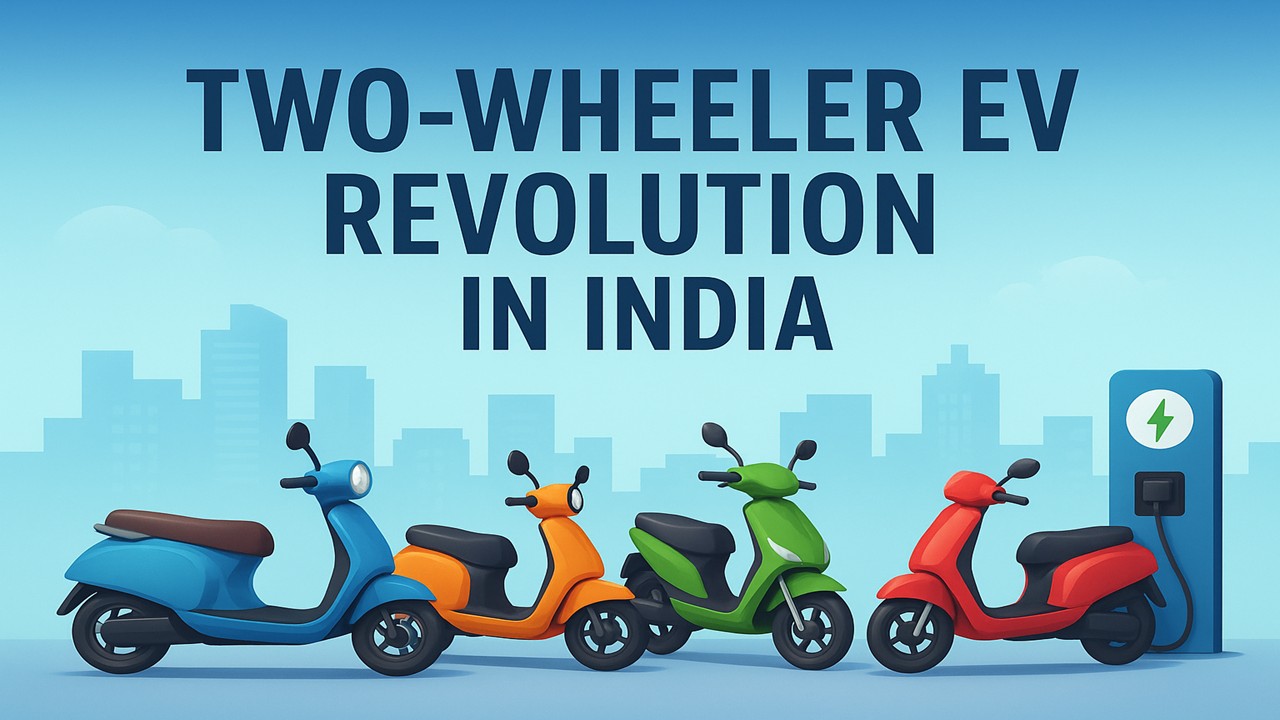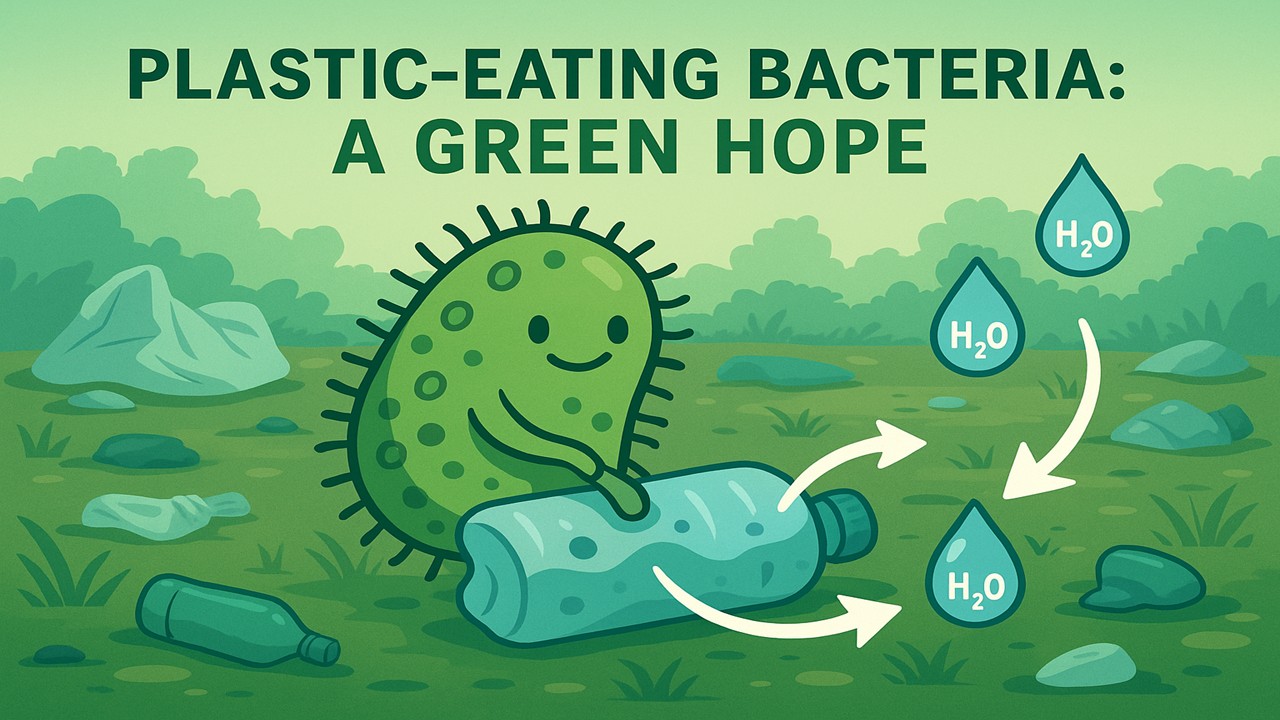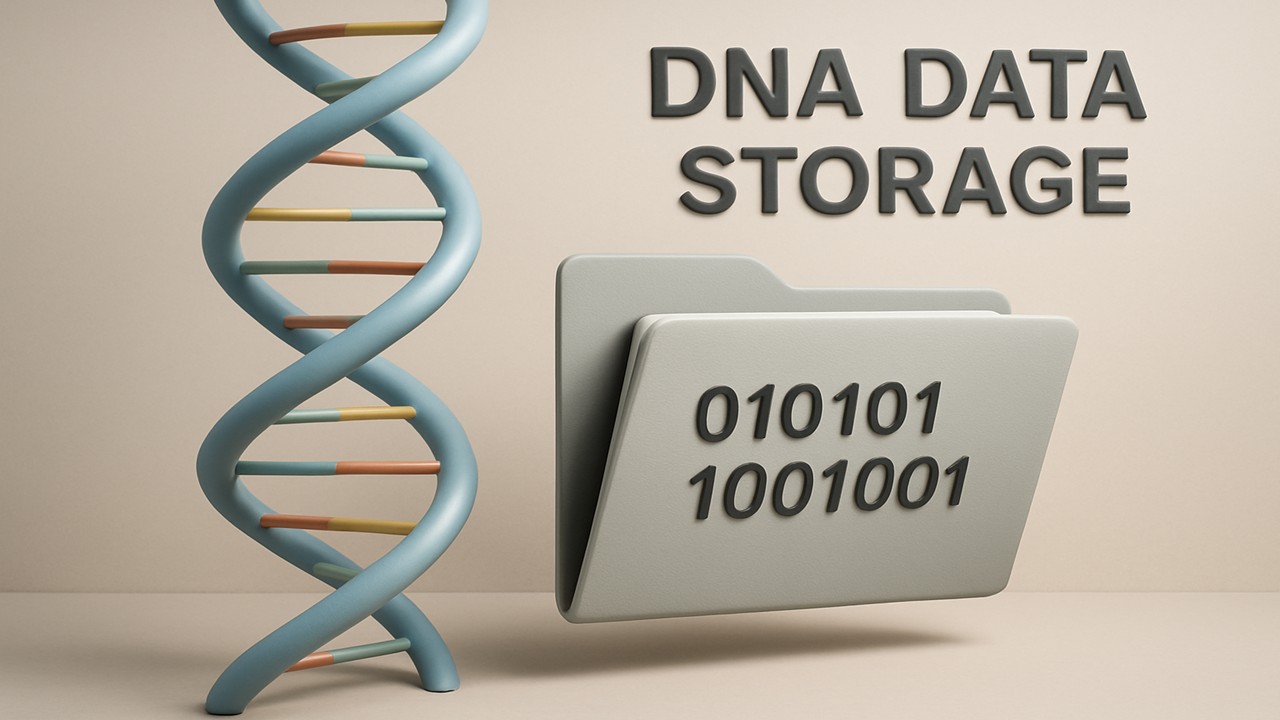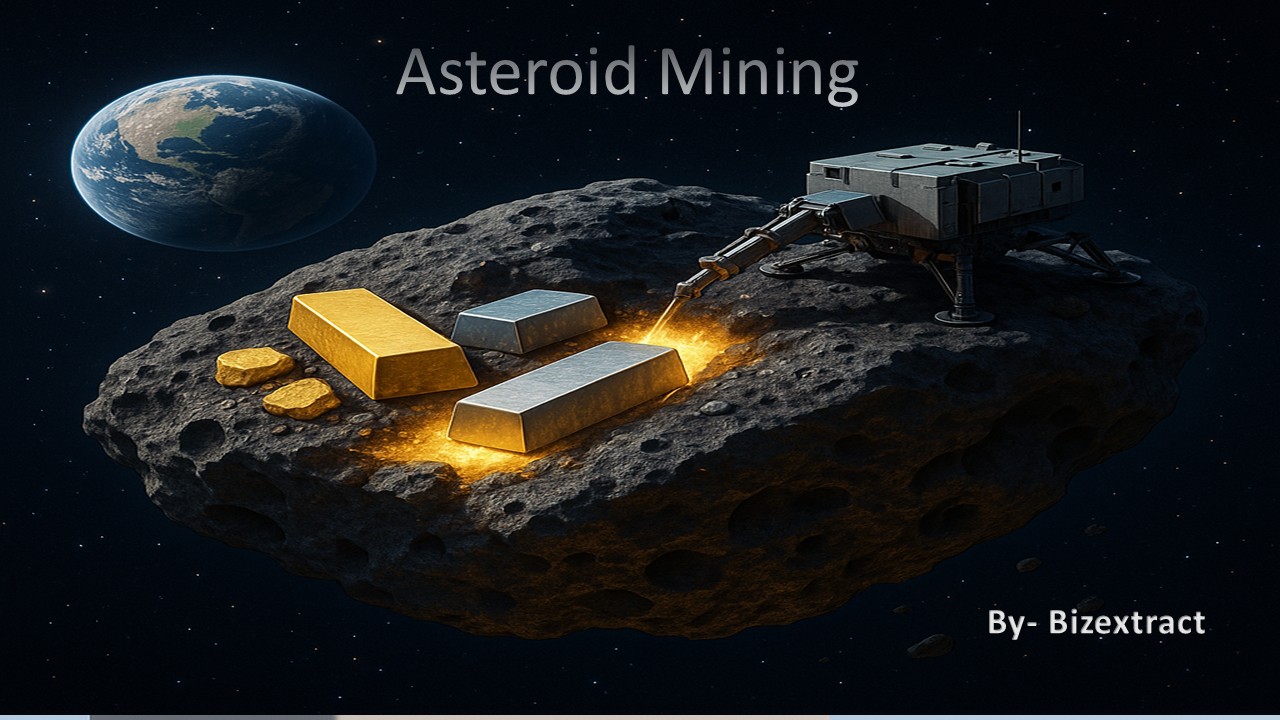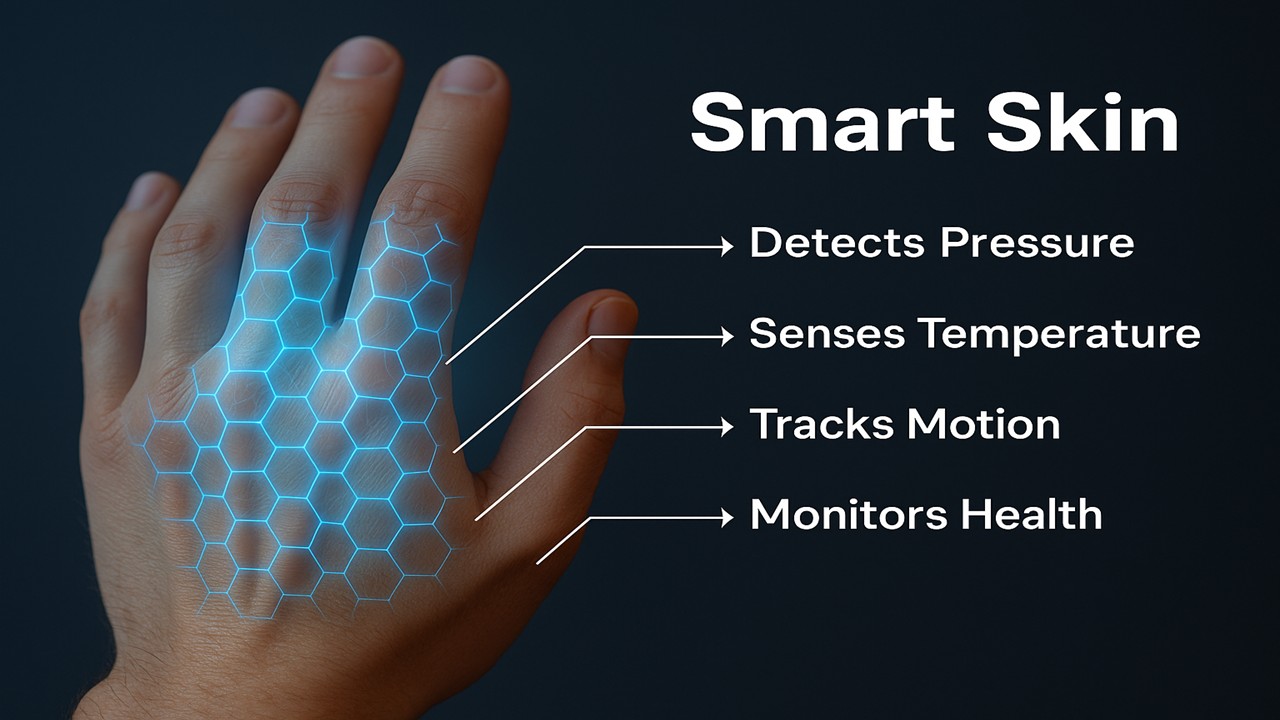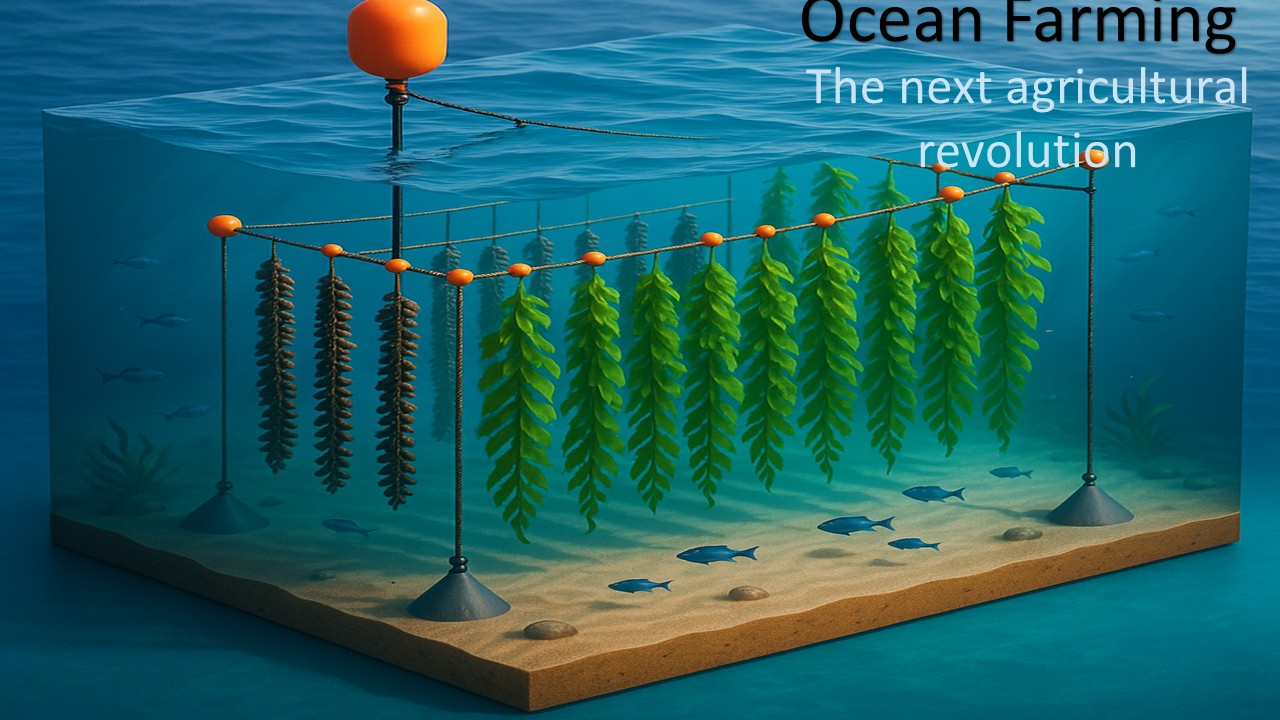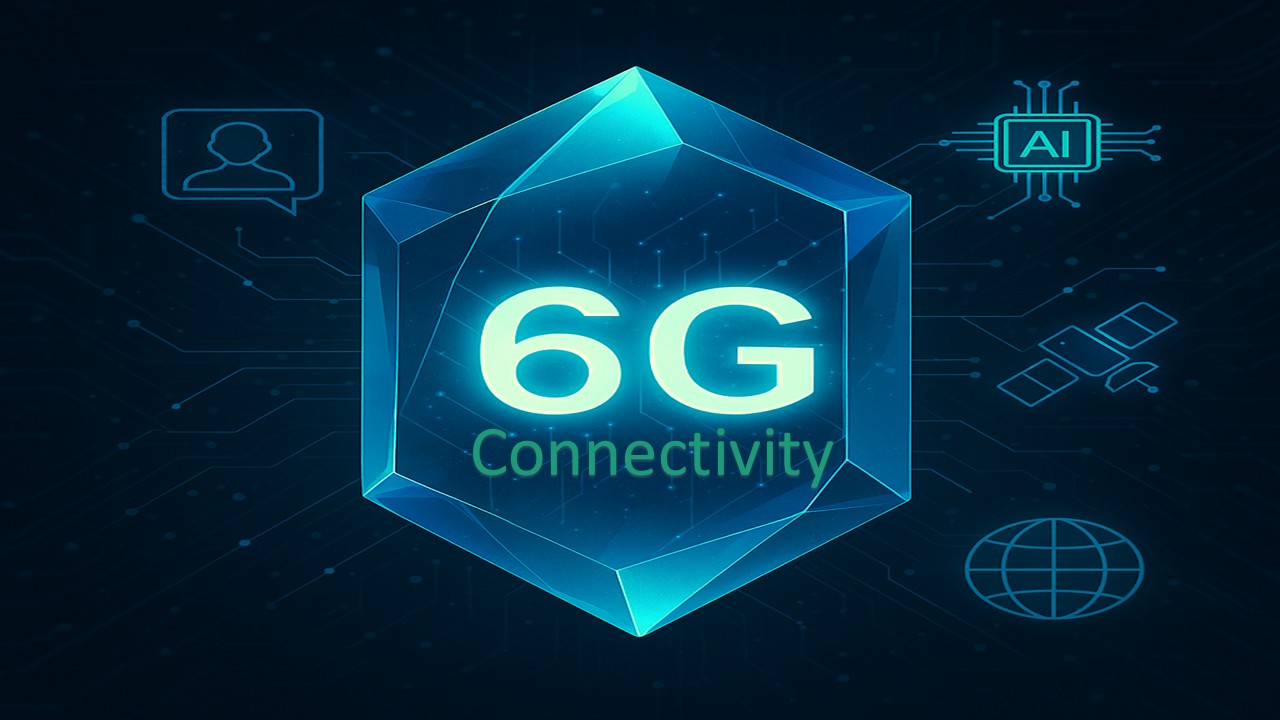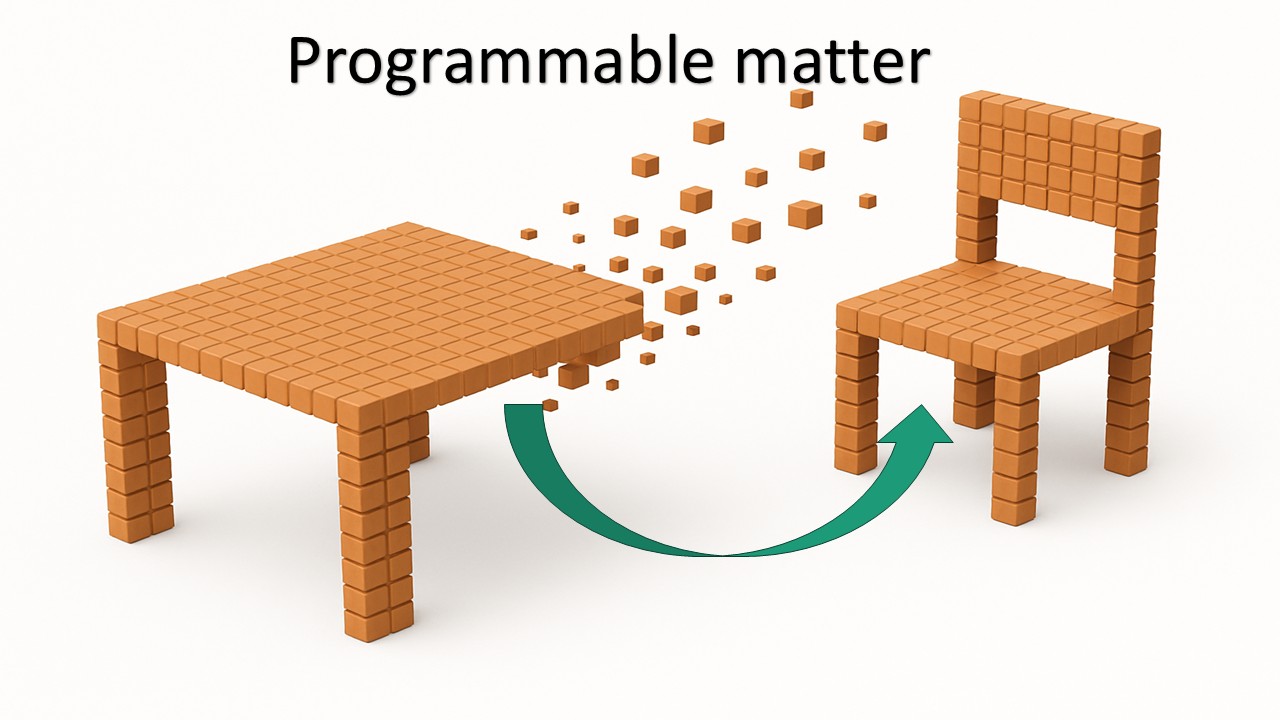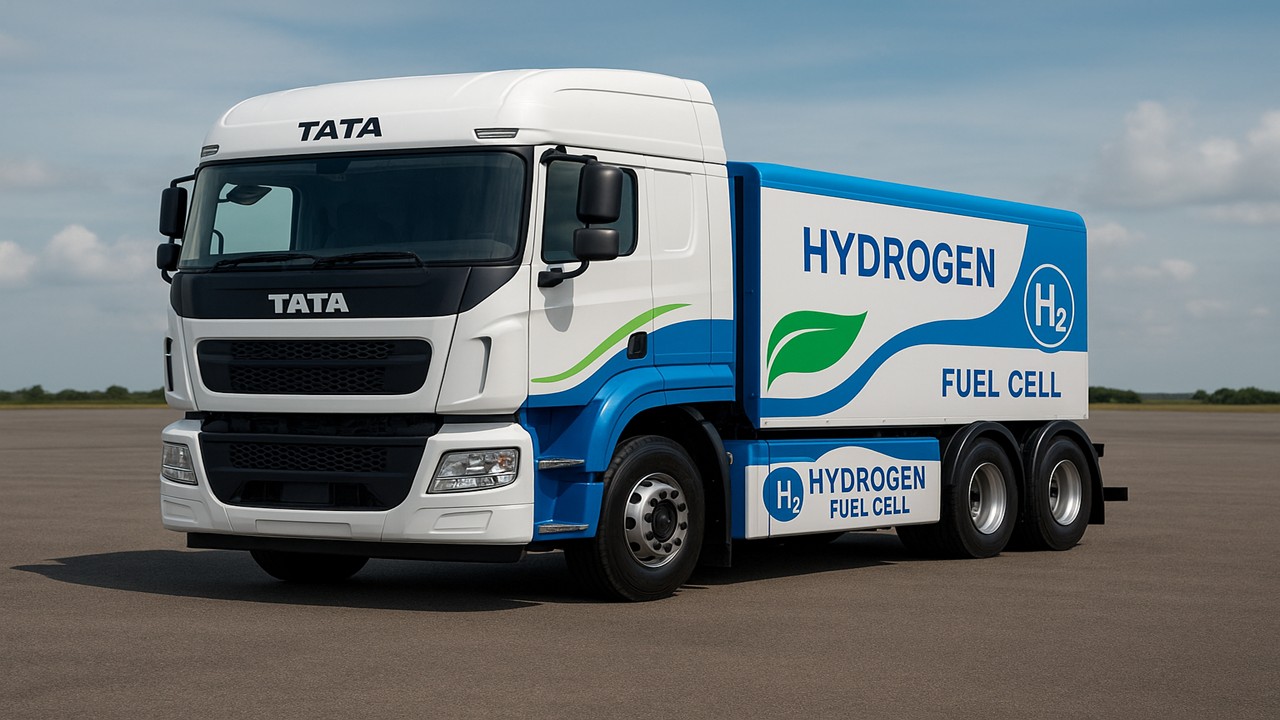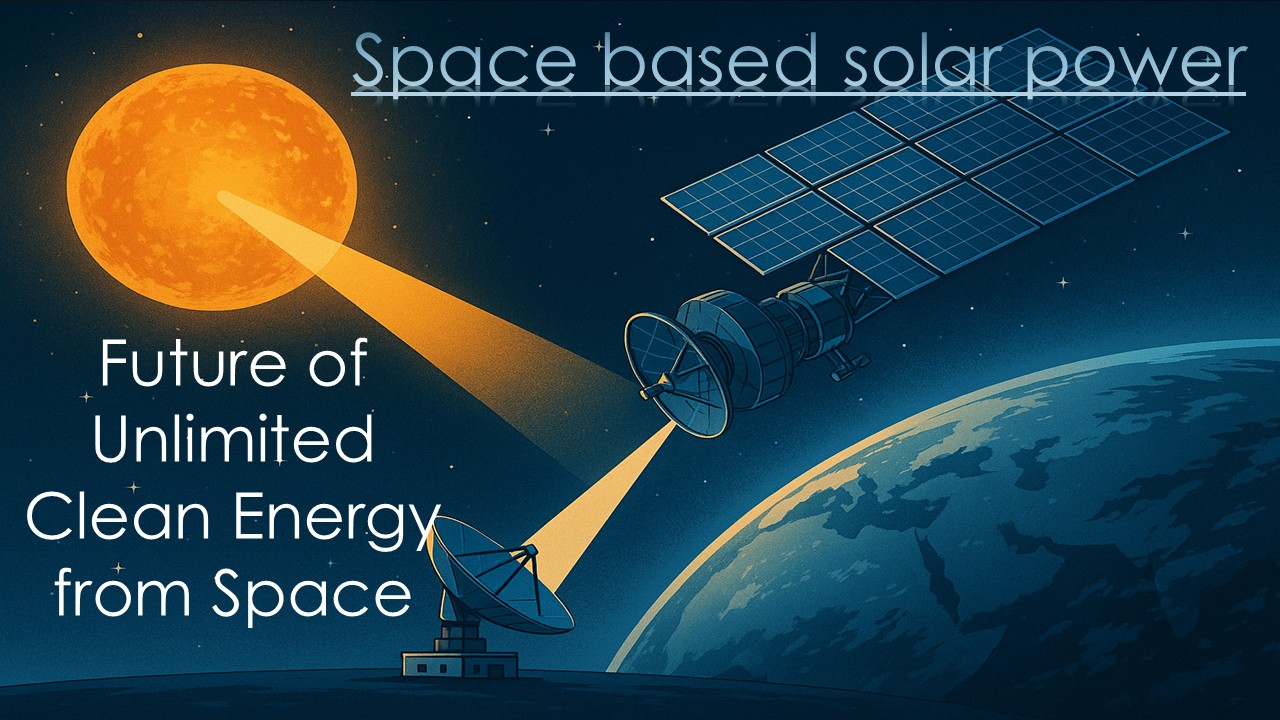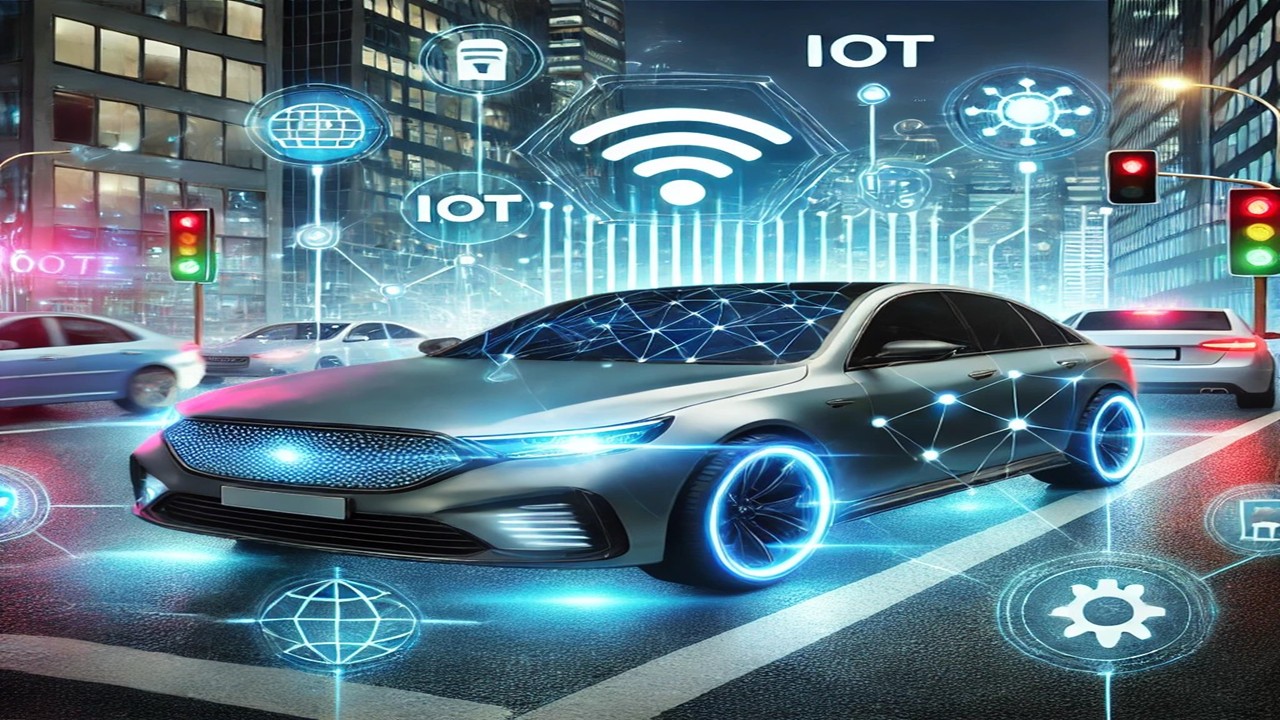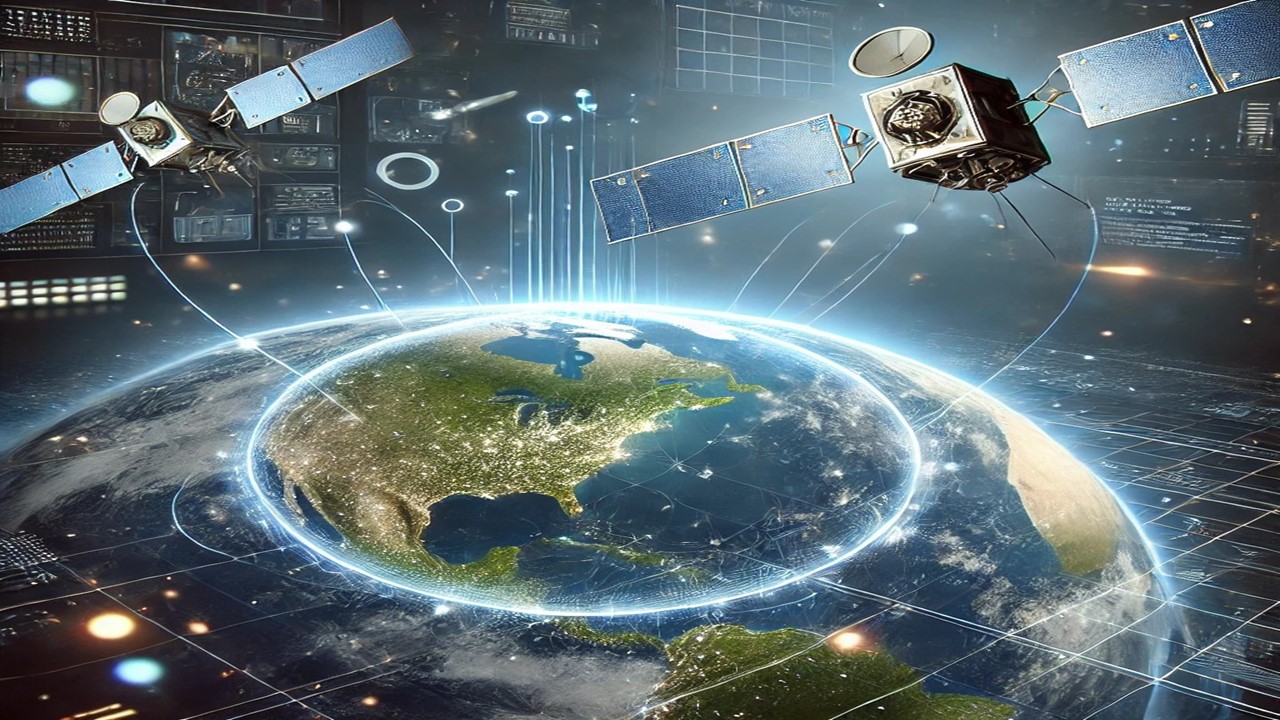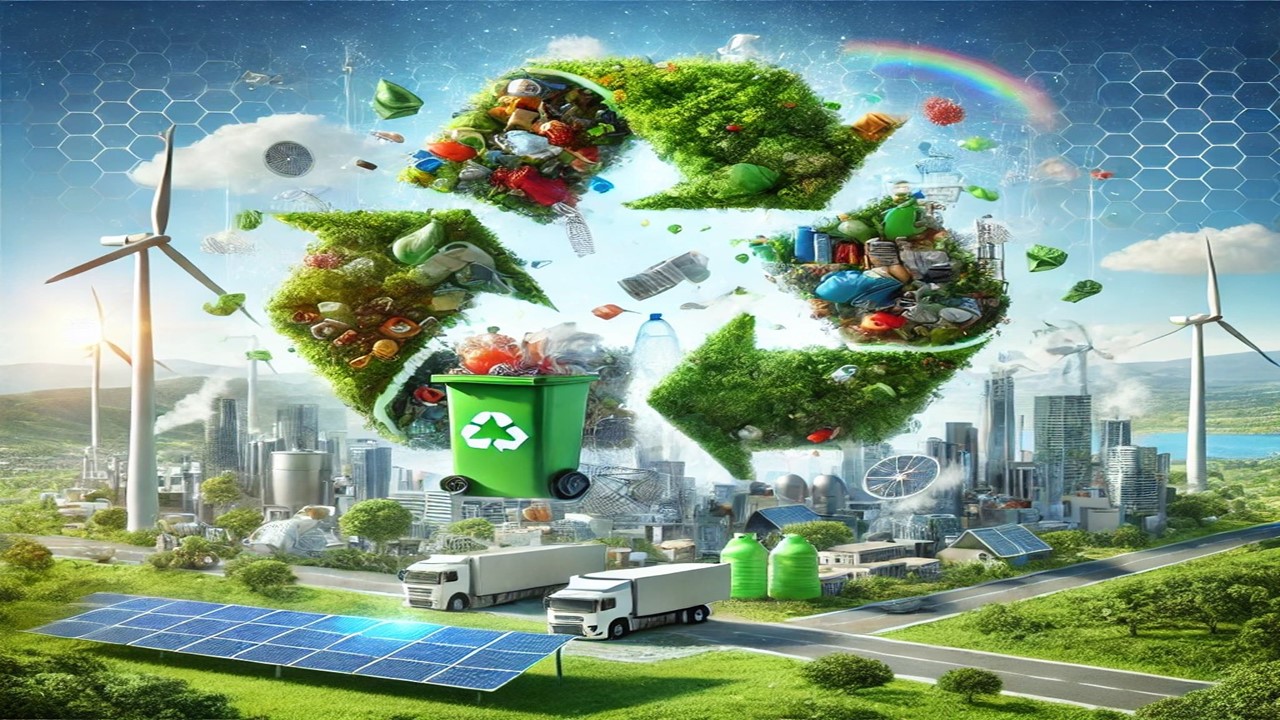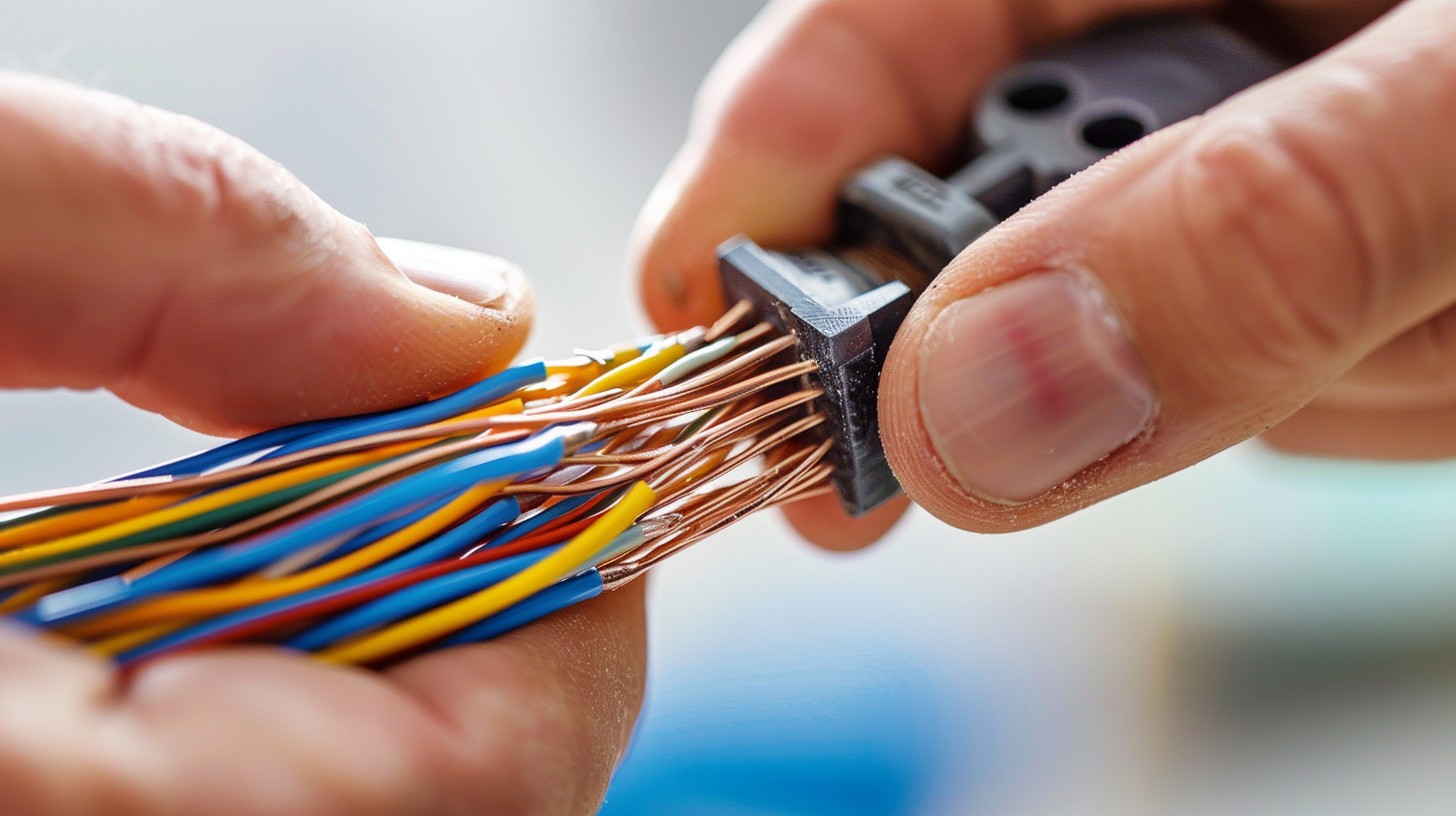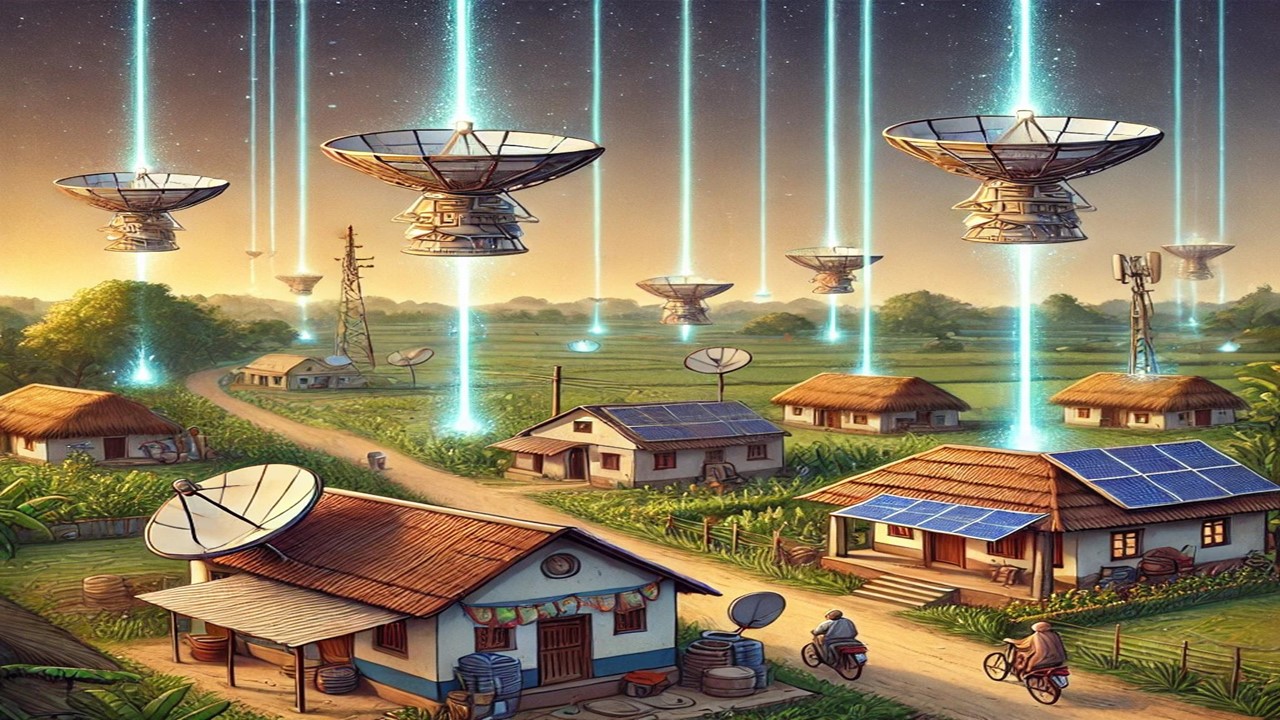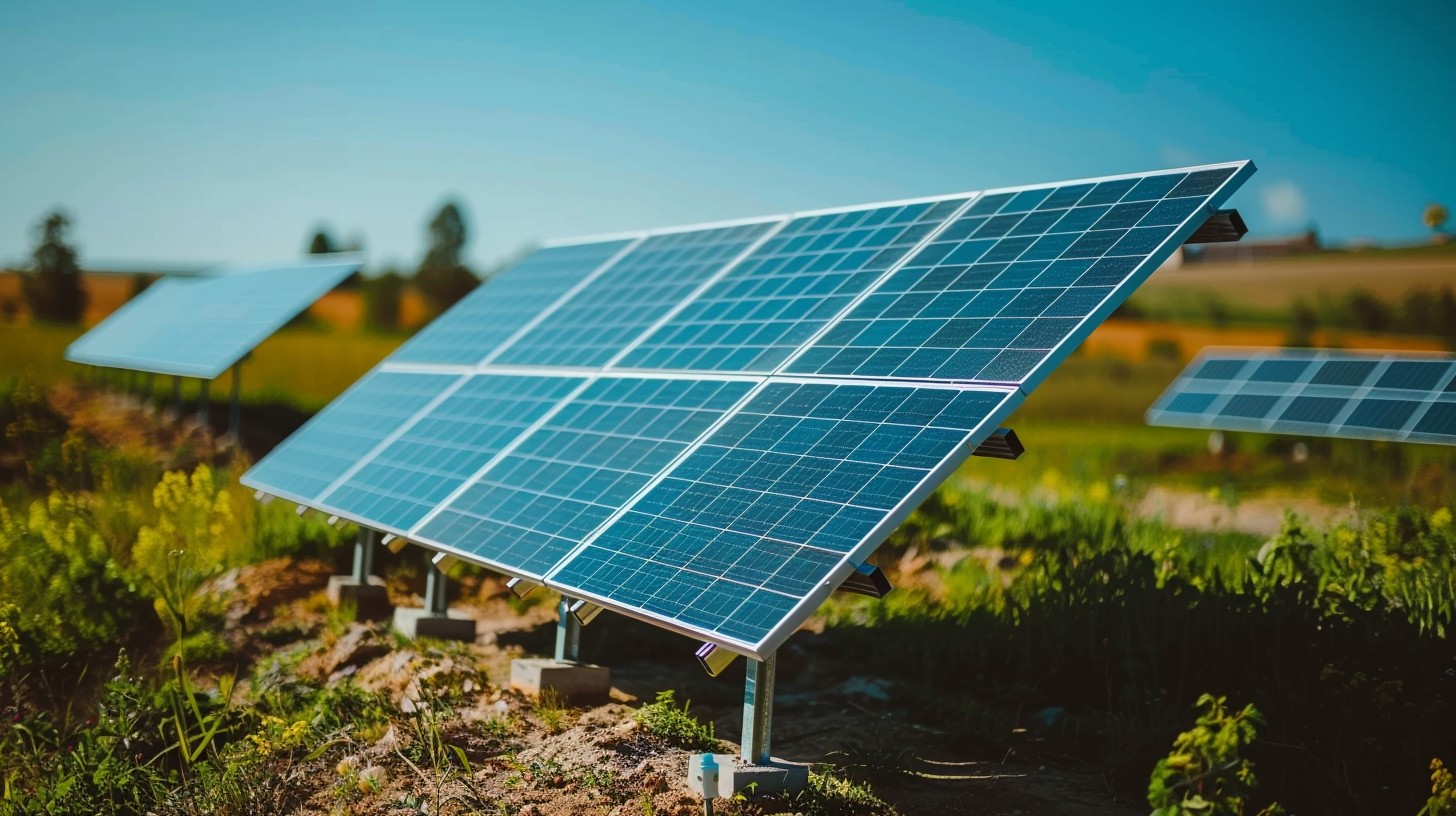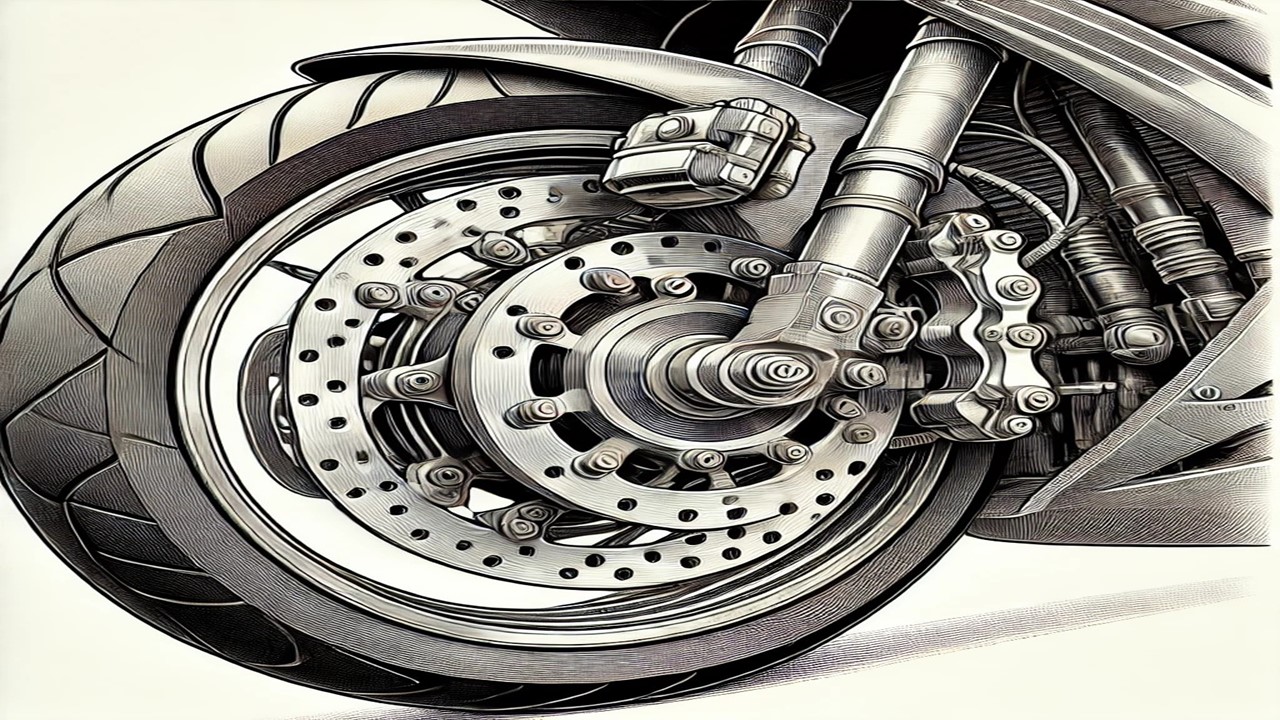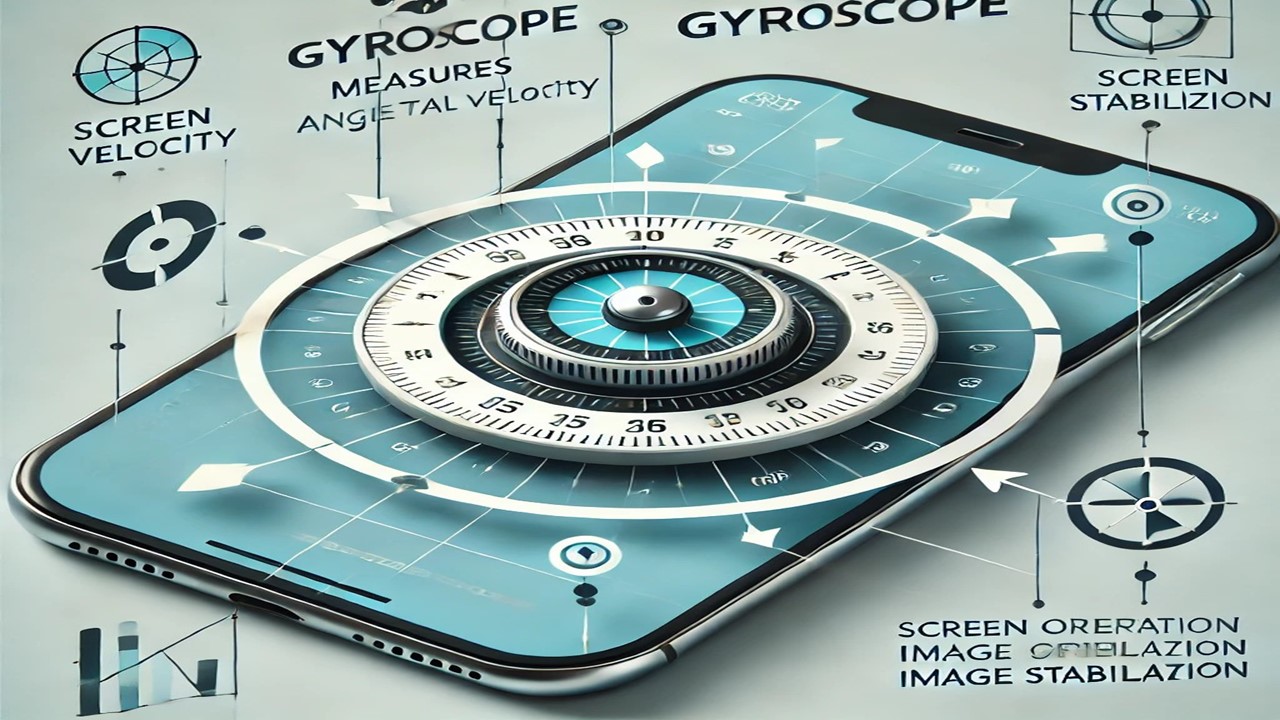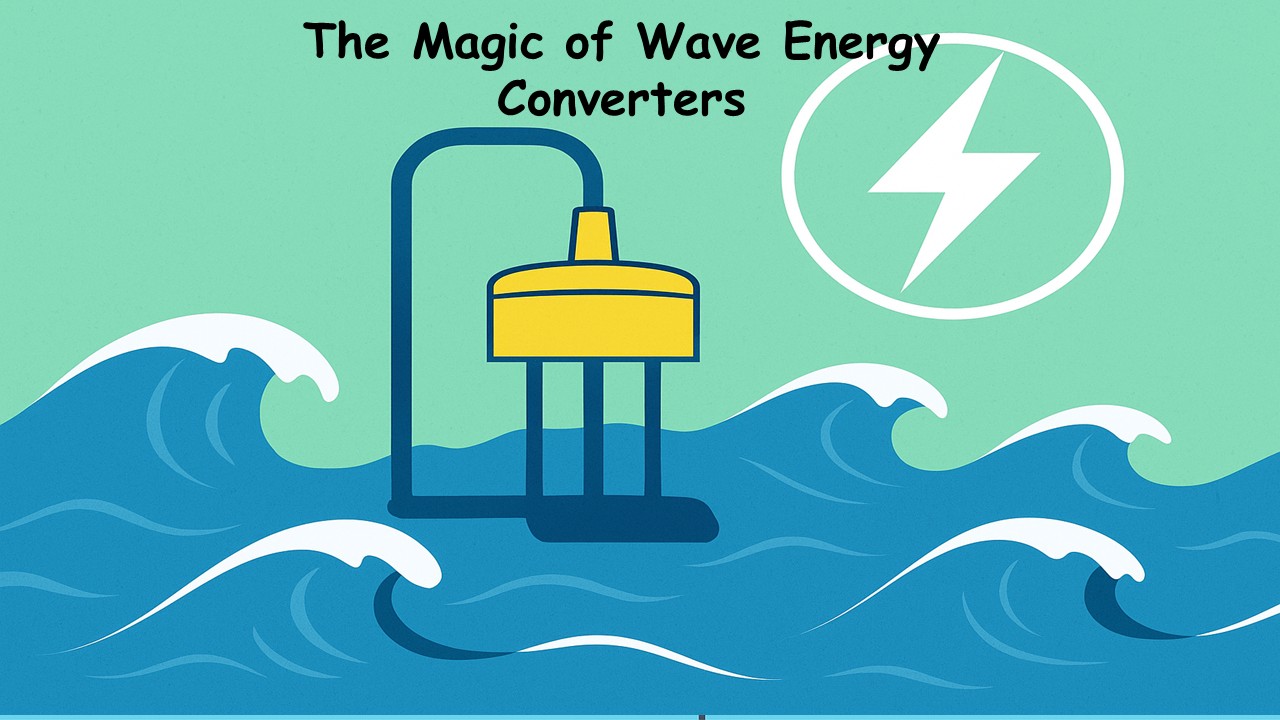
हिंदी में पढ़ने के लिए मेनू बार से हिंदी भाषा चयन करें।
Imagine standing at the edge of the ocean. Waves crash onto the shore—sometimes gentle, sometimes fierce. To most of us, they are nothing more than nature’s rhythm, a soothing sight and sound. But what if I told you that these same waves carry enough power to light up entire cities?
It may sound like a fantasy, but it is science in action. Just as we have harnessed the power of the sun through solar panels and the wind through turbines, scientists are now turning toward the endless energy of the ocean waves. The technology that makes this possible is called the Wave Energy Converter (WEC).
What is a Wave Energy Converter?
In simple terms, a Wave Energy Converter is a device that captures the up-and-down, back-and-forth motion of waves and converts it into electricity. Unlike the sun or wind, waves are denser and more consistent, which means they hold far more energy potential. Many experts believe that if developed properly, this technology could bring about the next big revolution in renewable energy.
How Does it Work?
At first, it might sound complex, but the basic principle is straightforward:
- As waves move, they push or lift a floating device (a buoy or platform).
- This movement powers a hydraulic system or turbine.
- The system then drives a generator, producing electricity.
There are different types of WECs:
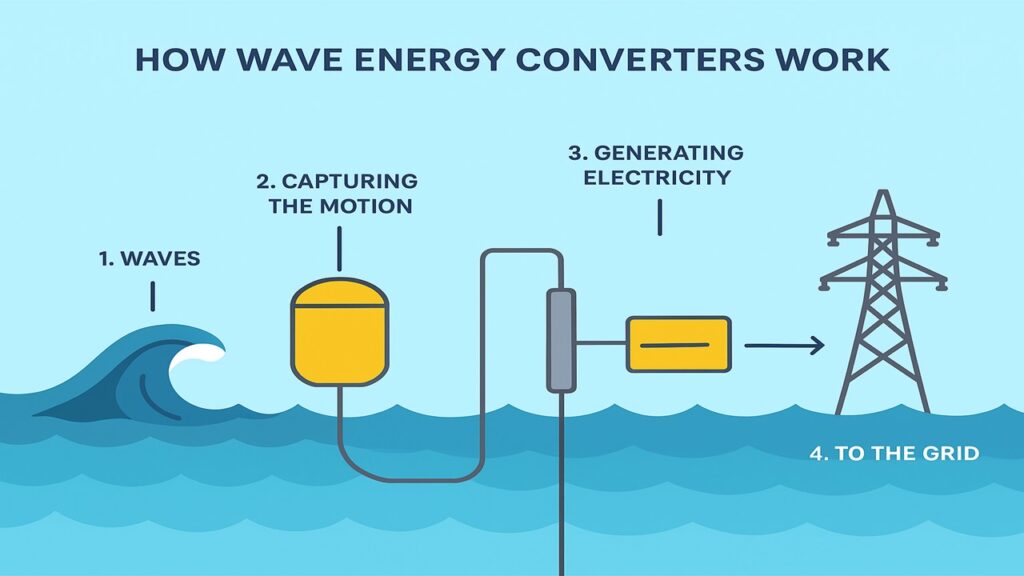
- Point Absorbers – floating buoys that move up and down with waves.
- Oscillating Water Column (OWC) – a chamber where waves compress air to spin a turbine.
- Overtopping Devices – waves fill a reservoir above sea level, and water flows down to turn turbines.
Each design has its strengths, but all share one goal: turning ocean motion into clean electricity.
Who is Working on this Technology?
The race to capture wave energy is global. Many companies and research institutions are testing different designs. Some leading players include:
- Eco Wave Power (Israel/USA)
- CorPower Ocean (Sweden)
- Carnegie Clean Energy (Australia)
- AW-Energy (Finland)
- Ocean Power Technologies (USA)
Countries leading in this field include Scotland, Portugal, Spain, Australia, and the United States. Europe in particular is pushing ahead, with government-backed projects and strong support for ocean energy innovation.
Is it Being Used Anywhere Today?
At present, wave energy is not yet commercial at large scale. Most projects are still pilot plants and demonstration units.
- Eco Wave Power has installed systems in Gibraltar and Los Angeles (Port of LA).
- CorPower Ocean is testing devices in Sweden and Portugal.
- Small-scale test projects are also ongoing in Australia and the UK.
So, while we don’t yet see massive wave farms powering entire cities, the first real steps toward commercialization are already happening.
Future Potential
Experts predict that in the next 5 to 10 years, Wave Energy Converters will become stronger, more reliable, and cheaper.
- Government Support: The U.S. Department of Energy and the European Union are already funding large-scale testing programs.
- Market Potential: For island nations and remote coastal communities—where transporting coal, oil, or gas is expensive—wave energy could be a game-changer.
If this technology achieves cost reductions similar to solar panels and wind turbines, it could rapidly become a mainstream energy source by 2030 and beyond.
How Will People Benefit?
- Clean and Reliable Power – Unlike sunlight or wind, waves are almost always moving, offering more consistent electricity.
- Energy Access in Remote Areas – Islands and coastal villages could finally have stable, renewable power.
- Job Creation – Building, installing, and maintaining these systems could provide local employment.
- Environmentally Friendly – Compared to fossil fuels, wave energy creates no harmful emissions.
Challenges Along the Way
Every new technology faces hurdles, and WECs are no exception:
- Harsh Marine Environment – Saltwater causes corrosion, and strong storms test durability.
- High Cost – At present, wave energy is still more expensive than traditional electricity.
- Ecological Concerns – Scientists are studying how WECs affect marine life and ecosystems.
- Scaling Up – Moving from a handful of prototypes to full-scale wave farms is still a challenge.
However, these challenges are not permanent. Solar and wind also started out expensive and complex—but today, they are some of the cheapest forms of electricity. Wave energy could follow the same path.
The Road Ahead
Wave Energy Converters may still sound like a futuristic idea, but their journey has already begun. With strong research, government support, and growing investment, they have the potential to become the third pillar of renewable energy after solar and wind. The ocean waves, which never rest, could soon become one of humanity’s most reliable partners in the fight against climate change.
The ocean waves are not only a source of peace and beauty—they are also a hidden treasure of power. Even when the sun doesn’t shine and the wind doesn’t blow, the waves continue to move. That is their greatest strength. In the coming years, this technology could bring us clean, affordable, and sustainable energy. Let us welcome this new revolution and move forward together toward a greener future. Thank you.”

